Introduction
Char siu sauce, a vibrant, sticky, and deeply flavorful condiment, is the heart of Cantonese-style barbecue. Its sweet-savory profile, tinged with smokiness and a hint of spice, has made it a beloved staple in kitchens worldwide. While store-bought versions are convenient, crafting this sauce from scratch allows for unparalleled customization and freshness. This article delves into the history, ingredients, and techniques required to create authentic char siu sauce at home, ensuring your dishes radiate the essence of traditional Chinese cuisine.
Historical and Cultural Roots
The origins of char siu (叉烧), which translates to “fork-roasted,” can be traced back to Guangdong province in southern China. Historically, meats were skewered on forks and roasted over open fires, with the sauce serving as both a marinade and a glaze. Over centuries, the recipe evolved, blending ingredients from various regions to create the balance of flavors we recognize today. Char siu sauce is not merely a condiment but a symbol of culinary craftsmanship, embodying the philosophy of yin and yang through its harmonious interplay of sweet, salty, umami, and aromatic notes.
Key Ingredients and Their Roles
Creating exceptional char siu sauce hinges on selecting quality ingredients and understanding their contributions to the final flavor profile. Below is a breakdown of essential components:
- Fermented Bean Paste (豆瓣酱): A fermented soybean paste provides the sauce’s signature umami depth. Opt for Chiu Chow-style bean paste for its balanced saltiness and subtle spice.
- Hoisin Sauce: This thick, sweet-savory sauce, made from soybeans, garlic, and spices, adds complexity and viscosity.
- Soy Sauce: Use a combination of light and dark soy sauces. Light soy sauce contributes saltiness, while dark soy sauce imparts color and a mild caramelized sweetness.
- Sweeteners: Honey, maltose, or brown sugar balance the savory elements. Maltose, a traditional choice, offers a glossy finish and subtle caramel notes.
- Aromatics: Fresh garlic and ginger, finely minced, introduce a pungent freshness that cuts through the richness.
- Spices: Five-spice powder (a blend of star anise, cloves, cinnamon, Sichuan pepper, and fennel seeds) adds warmth, while white pepper provides a mild heat.
- Liquids: Rice wine or sherry enhances the sauce’s aromatic complexity, while a touch of red food coloring (optional) mimics the vibrant hue of traditional char siu.
- Thickeners: Cornstarch or tapioca starch ensures the sauce clings to meats without becoming overly gloopy.
Step-by-Step Preparation Guide
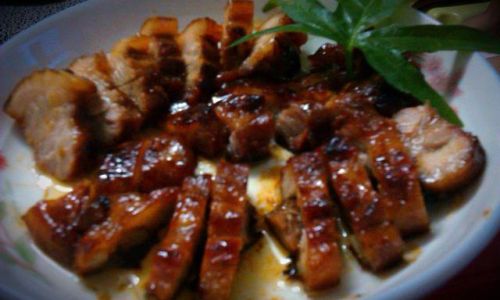
Preparing the Aromatic Base
Begin by sautéing 3 tablespoons of minced garlic and 1 tablespoon of grated ginger in 2 tablespoons of neutral oil (such as vegetable or peanut oil) over medium-low heat. Cook until fragrant but not browned, approximately 2–3 minutes. This step mellows the rawness of the aromatics, allowing their flavors to meld seamlessly into the sauce.
Incorporating Fermented Flavors
Add 2 tablespoons of fermented bean paste to the pan, stirring continuously for 1–2 minutes to toast the paste lightly. This process intensifies its umami richness. Follow with ¼ cup of hoisin sauce and ¼ cup of dark soy sauce, stirring to combine. The dark soy sauce not only contributes color but also imparts a subtle molasses-like sweetness.
Balancing Sweetness and Depth
Introduce ⅓ cup of honey (or maltose) and 2 tablespoons of brown sugar. Stir gently until the sweeteners dissolve completely. For a deeper caramelized flavor, consider caramelizing the sugar separately in a dry pan before incorporating it into the mixture.
Enhancing with Spices and Acidity
Sprinkle 1 teaspoon of five-spice powder and ½ teaspoon of white pepper into the pot. To brighten the flavors, add 1 tablespoon of Chinese rice wine (Shaoxing) or dry sherry. If using red food coloring, add 1–2 drops at this stage, adjusting to achieve the desired hue.
Thickening the Sauce
In a small bowl, whisk 1 tablespoon of cornstarch with 2 tablespoons of cold water to create a slurry. Gradually pour this mixture into the sauce, stirring continuously to prevent lumps. Simmer the sauce over low heat for 5–7 minutes, or until it thickens to a syrupy consistency. The sauce should coat the back of a spoon without running off immediately.
Adjusting and Refining
Taste the sauce and adjust seasonings as needed. Add a splash of rice vinegar for acidity, an extra teaspoon of five-spice powder for warmth, or a pinch of salt to heighten the savory notes. For a smoky finish, stir in ½ teaspoon of smoked paprika or a drop of liquid smoke.
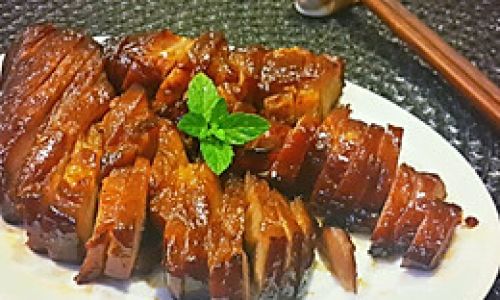
Tips for Customization and Variations
- Vegetarian Adaptation: Replace fermented bean paste with miso paste and use vegetable broth instead of soy sauce for a plant-based alternative.
- Spicy Kick: Incorporate 1–2 teaspoons of chili paste (such as sambal oelek) or dried chili flakes for heat.
- Fruity Twist: Add 2 tablespoons of plum sauce or apricot preserves for a tangy-sweet complexity.
- Gluten-Free Option: Use tamari or coconut aminos instead of soy sauce, and ensure your hoisin sauce is gluten-free.
Storage and Shelf Life
Homemade char siu sauce can be stored in an airtight container in the refrigerator for up to 4 weeks. For longer preservation, freeze the sauce in ice cube trays, then transfer the cubes to a freezer-safe bag. This method allows for convenient portioning and extends shelf life to 6 months.
Creative Uses Beyond Traditional Recipes
While char siu sauce is synonymous with roasted pork, its versatility extends far beyond:
- Marinades: Coat chicken wings, tofu, or eggplant in the sauce before grilling or roasting.
- Stir-Fries: Add a spoonful to fried rice or noodle dishes for instant flavor.
- Dips and Glazes: Use as a dipping sauce for dumplings or a glaze for ham during holidays.
- Soup Base: Simmer with broth, mushrooms, and noodles for a hearty ramen-inspired bowl.
Common Mistakes to Avoid
- Overcooking the Sauce: Prolonged boiling can result in a bitter, overly thickened sauce. Simmer gently and monitor consistency.
- Skipping Aromatics: Garlic and ginger are non-negotiable for depth; fresh is always superior to dried or powdered alternatives.
- Using Low-Quality Soy Sauce: Invest in a premium brand, as the quality directly impacts the sauce’s flavor.
- Neglecting Taste Adjustments: Always taste and tweak before finalizing the recipe to suit personal preferences.
Conclusion
Crafting char siu sauce at home is a rewarding endeavor that connects you to centuries of culinary tradition. By mastering the balance of sweet, savory, and aromatic elements, you elevate everyday dishes into extraordinary meals. Whether slathered on roasted meats, drizzled over rice, or used as a dipping sauce, this versatile condiment invites creativity and guarantees a burst of flavor in every bite. Experiment, refine, and savor the journey of becoming a char siu sauce artisan.
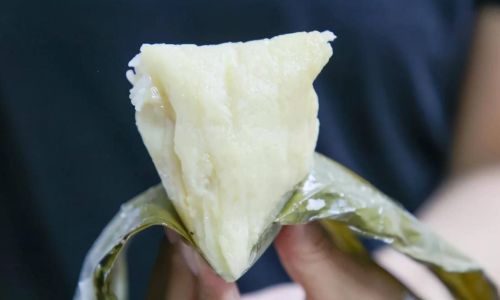
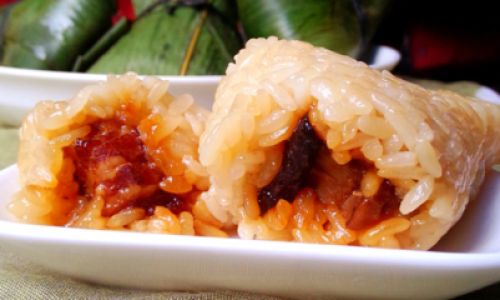
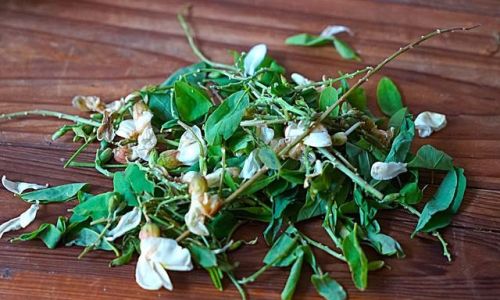
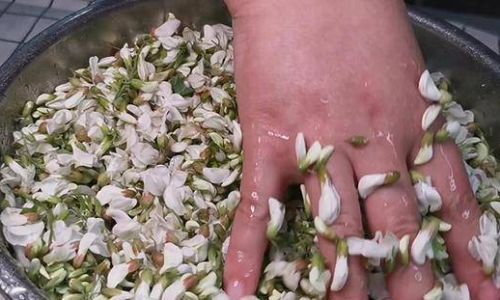
0 comments